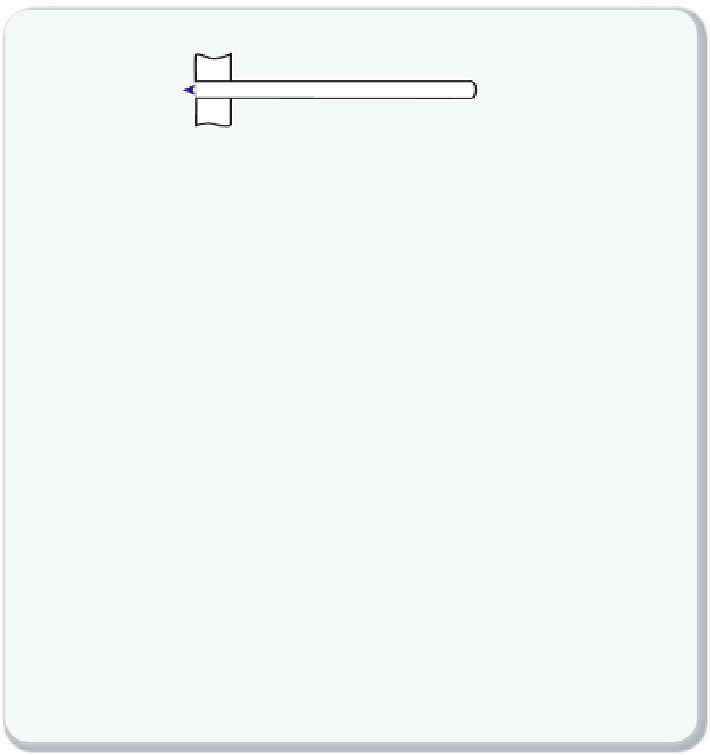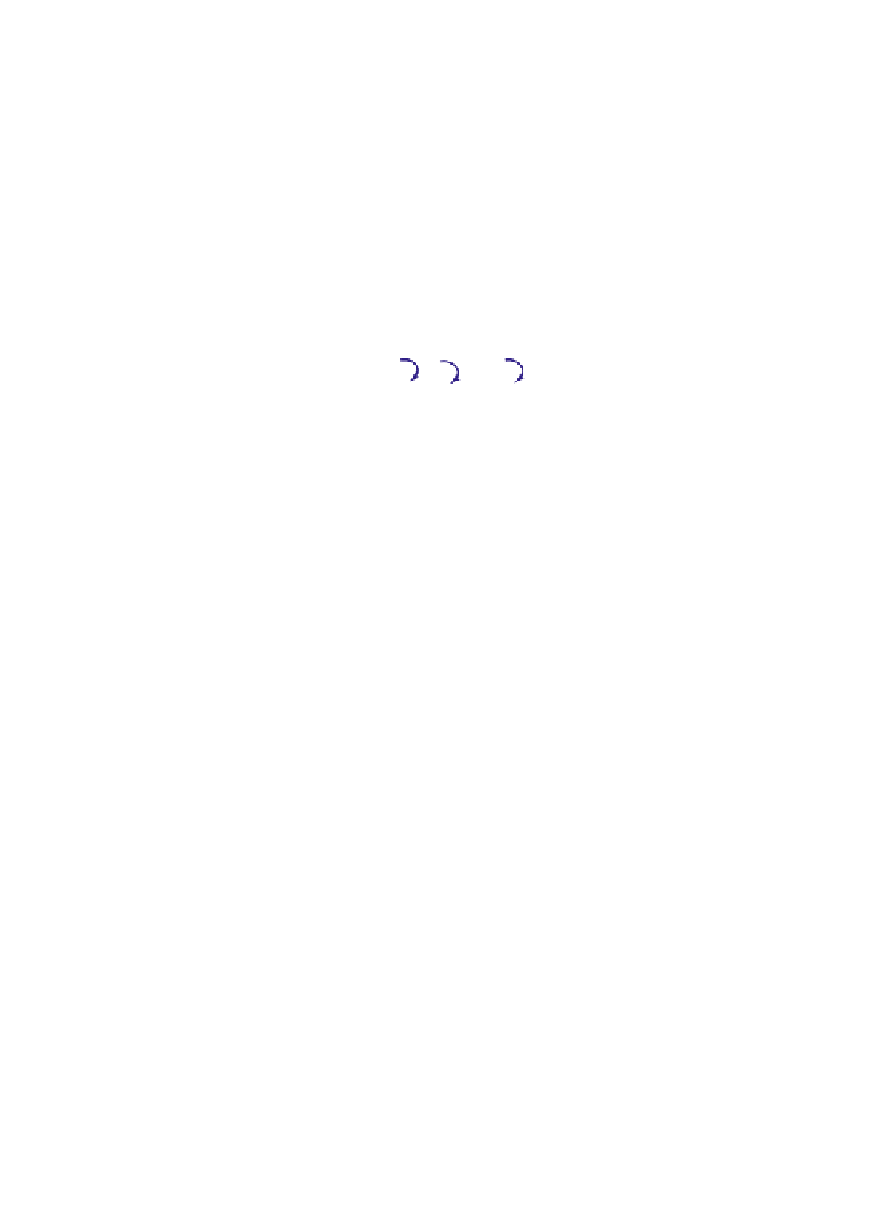Environmental Engineering Reference
In-Depth Information
Tubesheet
Feed
Permeate
Retentate
(a)
P
ermeate
Feed
Retentate
(b)
Feed
Permeate
Retentate
(c)
Figure 7.3.5
Membrane designs
In each fi gure, the membrane is a hollow fi ber. In (a) and (c), the feed is introduced on
the outside of the fi ber (shellside feed) and in (b) the feed is inside (tubeside feed). For
a shellside feed, one side of the fi ber is closed and the other side (where the permeate
comes out) is glued to the tubesheet. The two fl ow patterns are countercurrent (a, b) or
crossfl ow (c) depending on which side of the unit the retentate is removed from. For the
tubeside feed, the fl ow is countercurrent if the permeate is removed at the same side as
the feed enters.
electricity produced by our power plant. These numbers explain why we
cannot increase the feed pressure to much higher values. We also see
that drawing a vacuum requires signifi cantly less energy.
As mentioned before, there are limits to the ultimate vacuum pres-
sure we can achieve with available technology. Vacuum pumps can
reach 0.2 atm, but lower pressures would require capital costs that are
far too expensive.
Figure 7.3.6 (c)
shows the results for a membrane with a crossfl ow
confi guration, which is at present the standard for commercial applica-
tions. Similarly to what we saw in Section 5.2 for absorbers, operating

































Search WWH ::

Custom Search